Aluminium Alloy Parts Cnc Machining
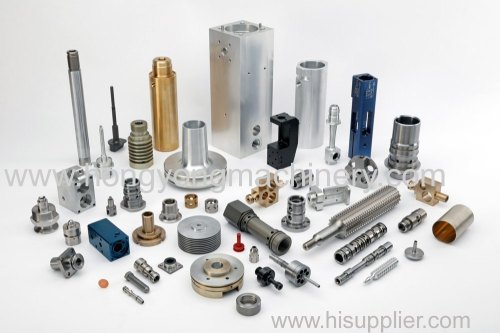
Product Description
Hongyong Machinery Factory is an enterprise that produces forging parts,casting parts,CNC parts,metal hardware, with complete testing equipment and strong technical strength. Our products have a wide variety, excellent quality, reasonable prices, and are widely used in industries such as Power and energy,machinery accessory,oil&gas exploration,auto and motorcycle accessory,aerospace industry,hardware tool,medical device industry. We have obtained certifications such as CE, RoHS, GS, ISO9001.
Our processing methods mainly include Grinding,Milling,CNC Turning,Casting,Wire EDM,Riveting,Forging, etc. Having surface treatment technologies such as Oxidation,Nickel plating,Electrolytic polishing,plating,Ion nitriding,Powder coating,Vacuum plating,Thermal treatment,polishing,Anodizing,Titanium nitriding,Sandblasting,Electroplating. At the same time, we provide OEM services. The main export markets include North America, Western Europe, Eastern Europe, South America, Southeast Asia, East Asia, etc. Our payment methods include wire transfer, letter of credit, and payment against documents. Our goal is to continuously improve quality and pursue customer satisfaction.

aluminium alloy parts cnc machining:Custom Turning Machining Spare Part CNC Machined Parts
QC System:100% inspection according to the MIL-STD-105E, ANSI ASQC Z1.4, ABC-STD-105, BS6001, ISO 2859, DIN 40080 before shipment.
Inspection Standard: GB/T 1804-2000(Linear and angular tolerances are not noted), GB/T 1184-1996(No tolerance for shape and position), HB5800-1999(No dimensional tolerance stated), GB/T2828.1-2012(AQL).
EPE foam/ Anti-Rust Paper/ Stretch Film/ Plastic bag +Carton
T/T 30% prepaid and balance paid before shipment for the first batch order
This is our workshop and equipment
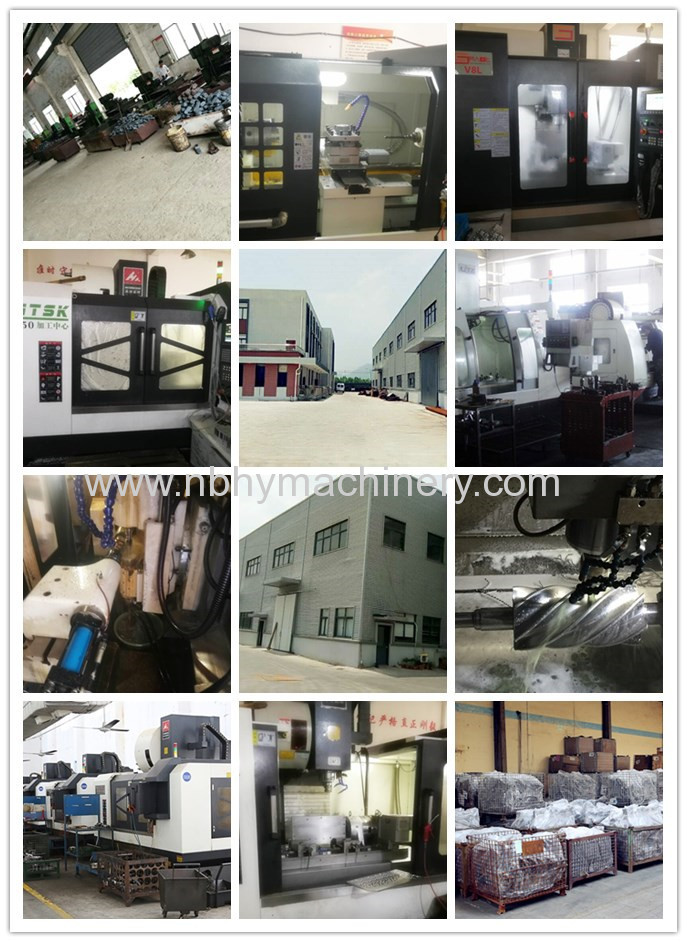
aluminium alloy parts cnc machining---FAQs Guide
1.How can aluminium alloy parts cnc machining adapt to different hardness and processing requirements of materials, such as steel or plastic?
2.Is aluminium alloy parts cnc machining suitable for manufacturing parts with high safety and food labeling requirements?
3.How can aluminium alloy parts cnc machining respond to voltage and power standards in different regions and countries?
4.Is aluminium alloy parts cnc machining suitable for manufacturing parts required by special industry standards and regulations, such as aerospace?
5.Are aluminium alloy parts cnc machining suitable for special surface treatment or coating requirements? Such as wear resistance or corrosion resistance
6.How can aluminium alloy parts cnc machining meet the needs of rapid prototype manufacturing and small batch production?
7.Are aluminium alloy parts cnc machining suitable for applications under high temperature and pressure conditions, such as oil field equipment or chemical plants?
8.What is the accuracy and repeatability of aluminium alloy parts cnc machining?
9.As a aluminium alloy parts cnc machining manufacturer,OEM/ODM customer's logo printed is available?
10.How do aluminium alloy parts cnc machining handle the extrusion and removal processes of materials to meet design requirements?
11.How do aluminium alloy parts cnc machining handle the cutting and carving processes of materials to meet the requirements of complex parts?
12.Are there aluminium alloy parts cnc machining suitable for parts with special shapes or complex structures?
1.How can aluminium alloy parts cnc machining adapt to different hardness and processing requirements of materials, such as steel or plastic?
During the machining process, attention should always be paid to the wear of the cutting tools, and severely worn cutting tools should be replaced in a timely manner to ensure the machining effect.
When adjusting cutting parameters, comprehensive consideration should be given to factors such as material hardness, cutting depth, and the shape of the workpiece being processed to achieve the best effect.
2.Is aluminium alloy parts cnc machining suitable for manufacturing parts with high safety and food labeling requirements?
Yes, aluminium alloy parts cnc machining can be used to manufacture parts with high safety and food labeling requirements. CNC machining is a precise and accurate process that can produce parts with tight tolerances and high levels of repeatability. This makes it ideal for producing parts with high safety and food labeling requirements.
3.How can aluminium alloy parts cnc machining respond to voltage and power standards in different regions and countries?
For imported CNC machine tools and equipment, it is necessary to read the accompanying instructions clearly and connect them according to the instructions. Before powering on, it is also necessary to carefully check whether the input voltage and frequency are correct
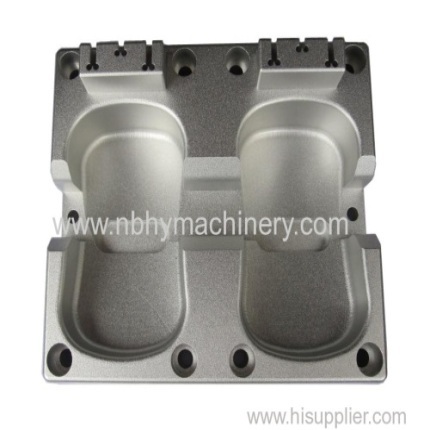
4.Is aluminium alloy parts cnc machining suitable for manufacturing parts required by special industry standards and regulations, such as aerospace?
Yes, aluminium alloy parts cnc machining are suitable for manufacturing parts required by special industry standards and regulations, such as aerospace. CNC machining is a precise and accurate process that can produce parts with tight tolerances and complex geometries. It is also capable of producing parts with high levels of repeatability and consistency, which is essential for parts used in the aerospace industry.
5.Are aluminium alloy parts cnc machining suitable for special surface treatment or coating requirements? Such as wear resistance or corrosion resistance
Yes, aluminium alloy parts cnc machining are suitable for special surface treatment or coating requirements. Depending on the application, CNC machined parts can be treated with a variety of coatings, such as anodizing, electroplating, powder coating, and painting. These coatings can provide additional protection against wear and corrosion.
6.How can aluminium alloy parts cnc machining meet the needs of rapid prototype manufacturing and small batch production?
We are centered on customers and always pay attention to customers' needs for aluminium alloy parts cnc machining products.
1.When we use CNC for small batch processing, we need to control the drilling of components well
2.When we use CNC for small batch processing, we need to control the turning of components well
3.When we use CNC for small batch processing, we need to control the milling and cutting angles of the components
4.When we use CNC for small batch processing, we need to control the angle of the slotting process of the components
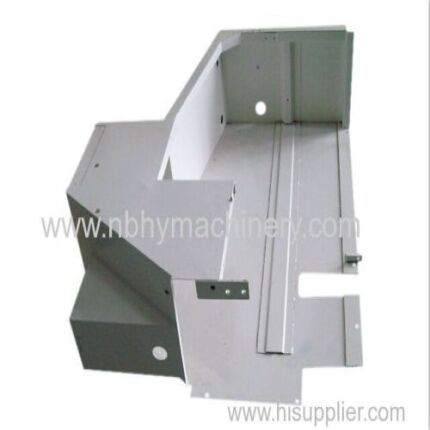
7.Are aluminium alloy parts cnc machining suitable for applications under high temperature and pressure conditions, such as oil field equipment or chemical plants?
Yes, aluminium alloy parts cnc machining can be suitable for applications under high temperature and pressure conditions. CNC machining parts can be made from a variety of materials, including metals such as stainless steel, aluminum, and titanium, which are all suitable for high temperature and pressure applications. Additionally, CNC machining parts can be designed to meet specific requirements, such as corrosion resistance, strength, and durability.
8.What is the accuracy and repeatability of aluminium alloy parts cnc machining?
We have established long-term and stable partnerships with our suppliers, so we have great advantages in price and cost and quality assurance.
1.The smaller the difference between the actual position of parts or tools and the standard position (theoretical position, ideal position), the higher the accuracy. It is a prerequisite for ensuring the machining accuracy of parts.
2.The consistency of continuous results obtained by machining a batch of parts under the same conditions (on the same CNC machine tool, with different operating methods and using the same part program).
9.As a aluminium alloy parts cnc machining manufacturer,OEM/ODM customer's logo printed is available?
YES, OEM/ODM, customer's logo welcomed.
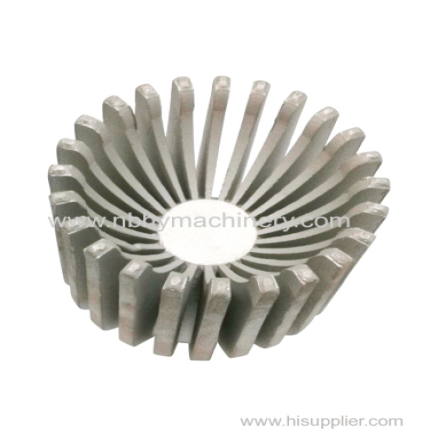
10.How do aluminium alloy parts cnc machining handle the extrusion and removal processes of materials to meet design requirements?
aluminium alloy parts cnc machining use a variety of tools and techniques to handle the extrusion and removal processes of materials. Depending on the material and design requirements, the machining process may involve cutting, drilling, milling, grinding, and other operations. For example, a CNC milling machine can be used to cut away excess material from a workpiece, while a CNC lathe can be used to shape and form the material. Additionally, CNC machining can be used to create complex shapes and features, such as threads, grooves, and other intricate details.
11.How do aluminium alloy parts cnc machining handle the cutting and carving processes of materials to meet the requirements of complex parts?
We operate our aluminium alloy parts cnc machining business with integrity and honesty.
1.Cleaning and inspection process
2.Measurement process
3.Adjusting the cutting space of the tool
12.Are there aluminium alloy parts cnc machining suitable for parts with special shapes or complex structures?
Yes, CNC machining is suitable for parts with special shapes or complex structures. CNC machining is a subtractive manufacturing process that uses computer-controlled cutting tools to remove material from a block of material to create a part with a specific shape and size. CNC machining is ideal for producing parts with complex geometries and intricate details that would be difficult or impossible to produce with traditional manufacturing methods.
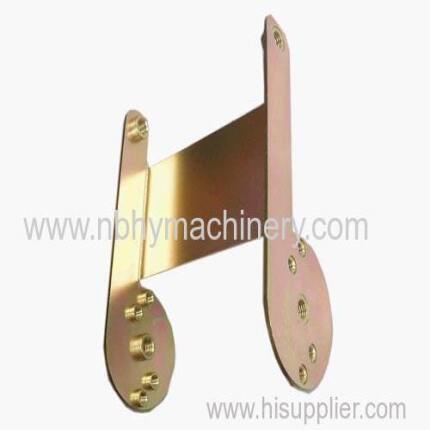
Related Products

building a cnc machine part 6

building cnc machine part 3

bulk cnc machined metal parts

bulk cnc machining aluminum part

bushings cnc machining stainless steel parts

camera cnc machining parts

camera on cnc machine measure part

car cnc machining parts
Related Links
Category: Other products